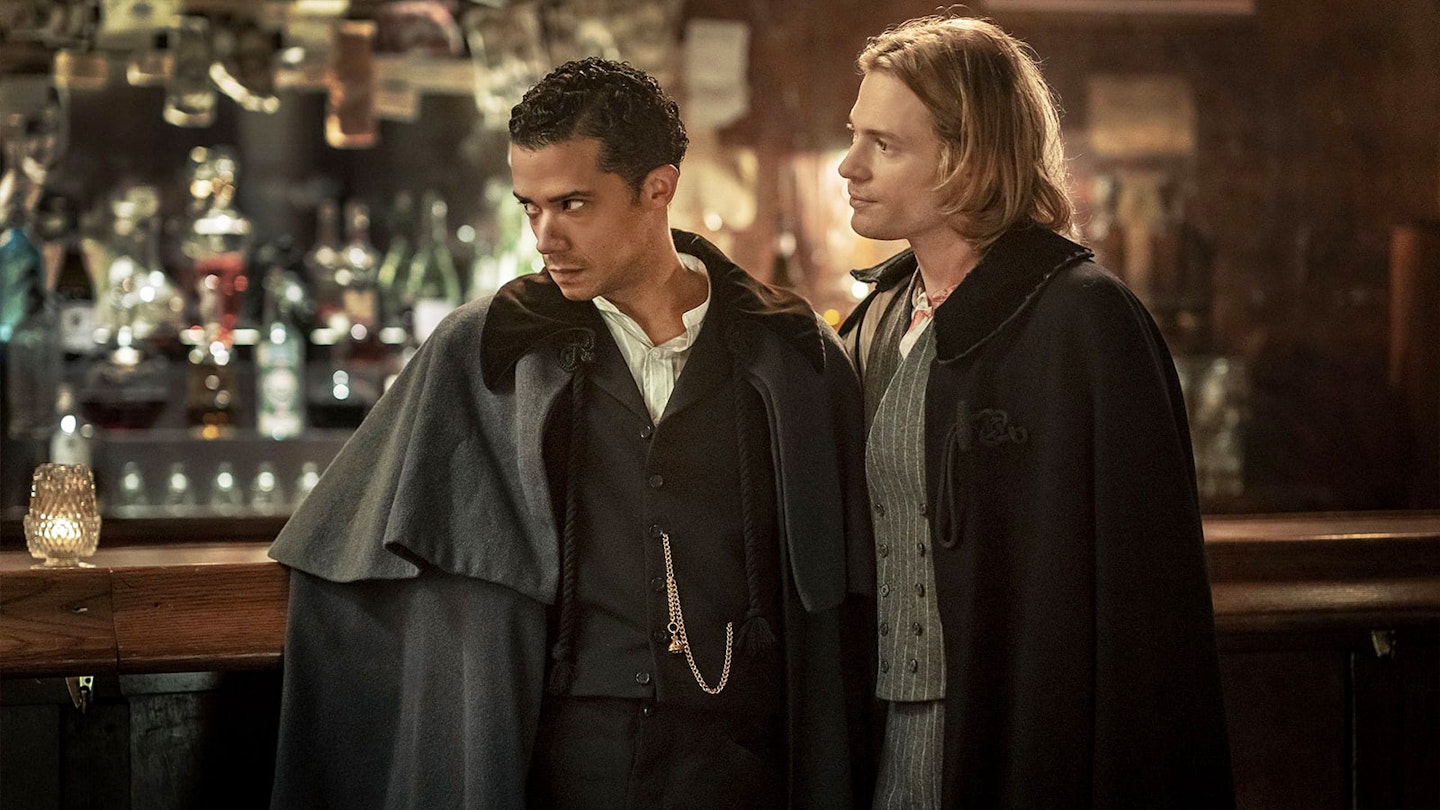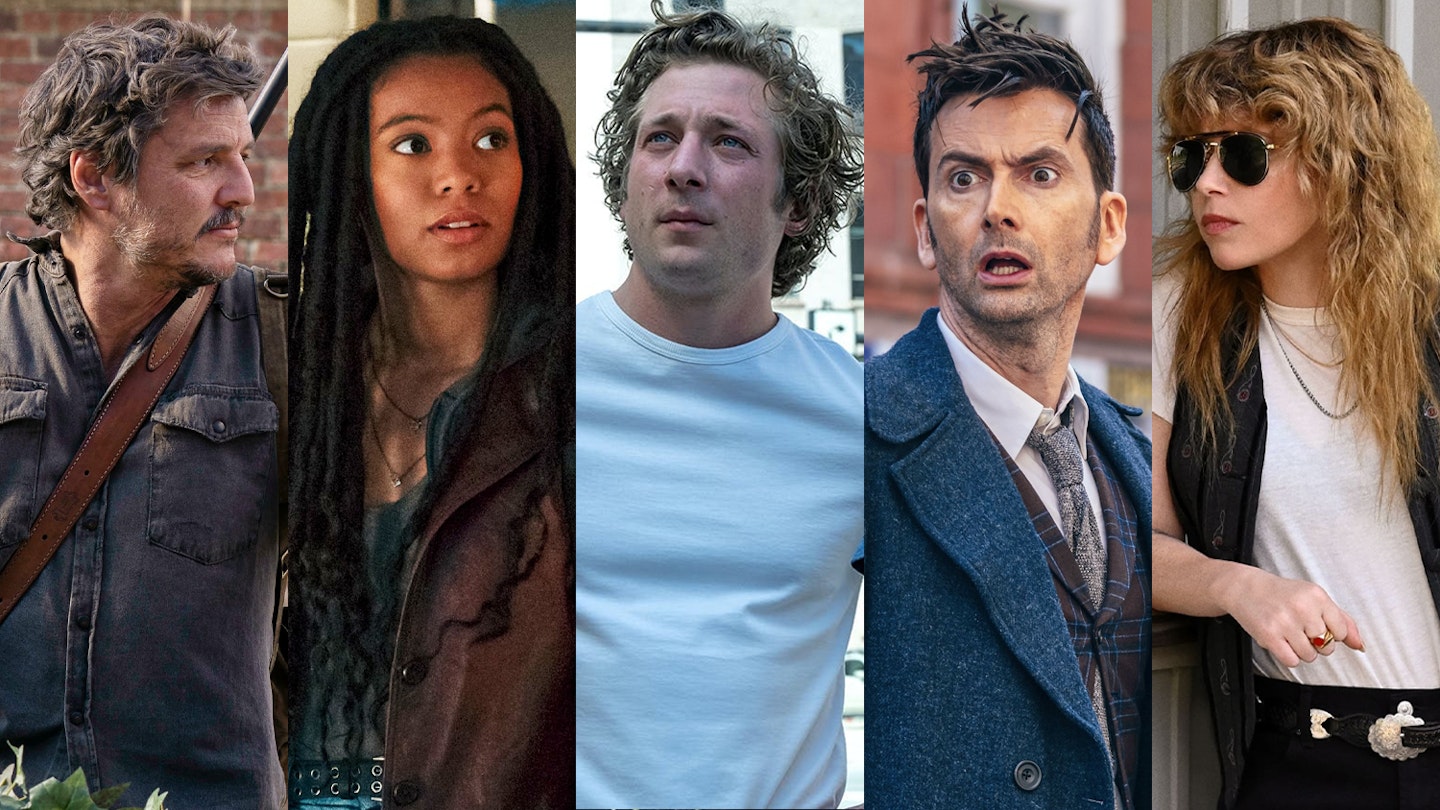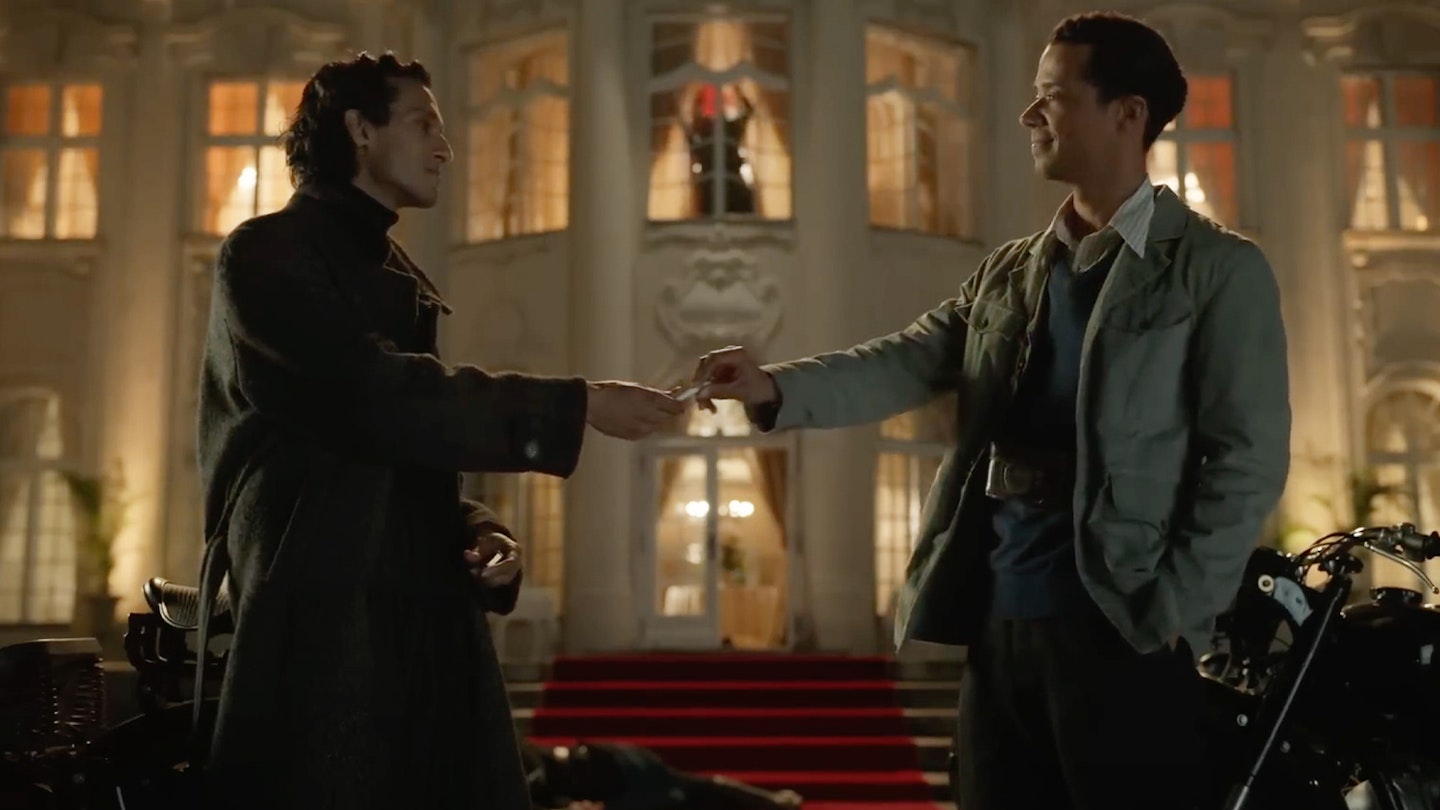Streaming on: BBC iPlayer
Episodes viewed: 7 of 7
Whether your favoured flavour of bloodsucker is angsty (Twilight), daft (What We Do In The Shadows) or just plain horny (True Blood), it owes some measure of debt to Anne Rice’s seminal Vampire Chronicles. Her original 1976 novel, Interview With The Vampire, not only went on to spawn 12 sequels and an entire mythology, but set the post-Stoker bar for every vampire tale that followed. Neil Jordan’s 1994 movie, which placed Brad Pitt and Tom Cruise in matching fangs, did an admirable job of capturing the story’s Gothic feel but, a product of its time, coyly skirted the story’s central, defining premise as a centuries-spanning love story between two (vampire) men. Happily, Rolin Jones’ series — arriving here in the UK a full year after its Stateside debut — makes no such mistake, fully embracing the queer romance at its core and, moreover, updating the entire story for a modern audience.
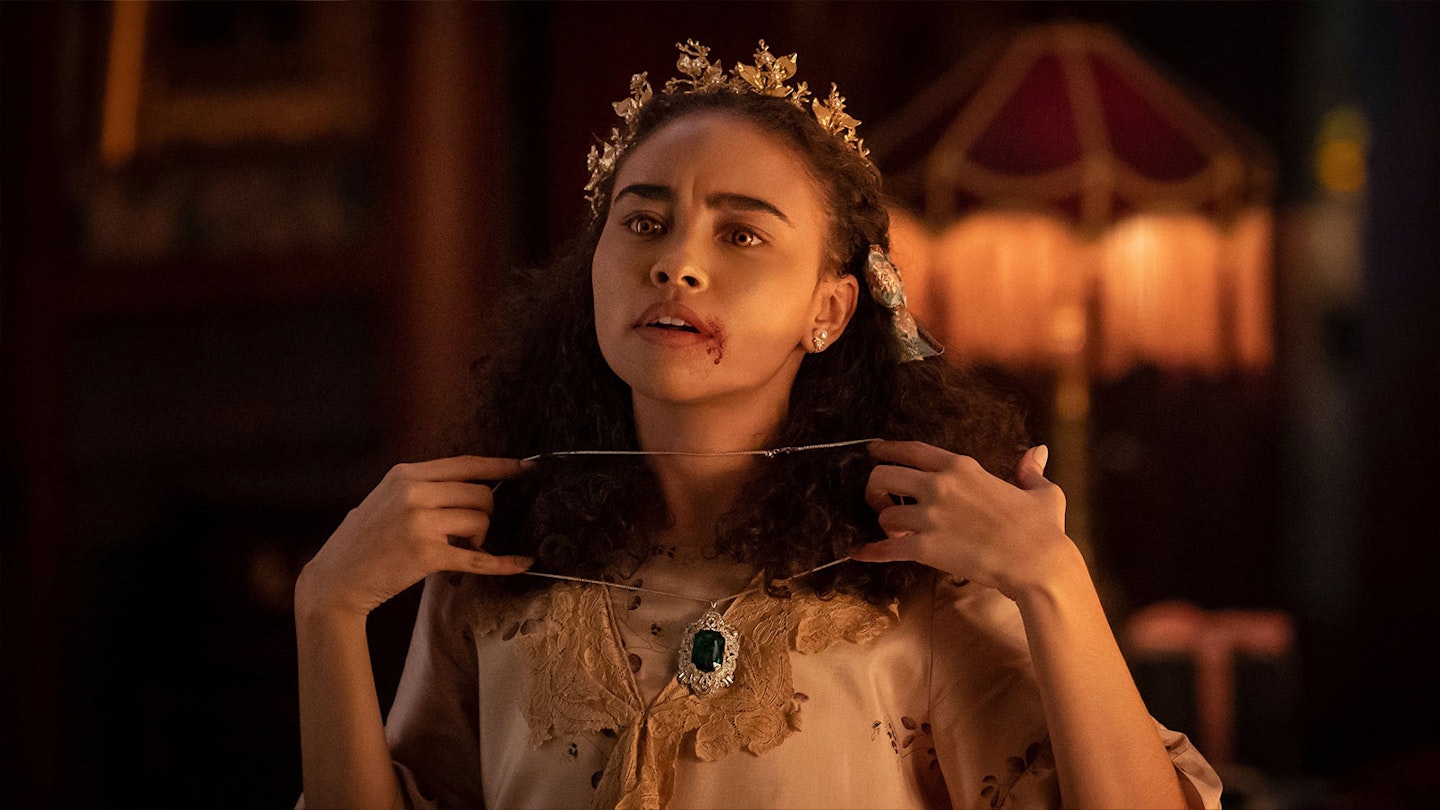
Positioning itself as part remake, part sequel, the series begins with interviewer Daniel Molloy (a brilliantly grizzled, take-no-shit Eric Bogosian) arriving in the palatial Dubai home of Louis (Jacob Anderson), UV filters preventing any unwanted rays from crisping the occupant’s delicate complexion. A man of advancing years suffering the early stages of Parkinson’s, Molloy is a long way from the callow, impressionable youth of the novel and film (there embodied by Christian Slater). And that’s deliberate. The series paints this as the pair’s second attempt to capture Louis’ tale for posterity — the first, 40 years earlier, as depicted in the book, having ended badly for both of them. It’s a shrewd choice that not only brings the story a welcome modernity but changes the nature of the tale, allowing Louis to reflect on his earlier, flawed recollections and Molloy to call out his subject and hold his vampiric feet to the metaphorical fire.
Anne Rice’s vampires would seem to have at last found form on screen in a manner that rings true with the author’s original vision.
Formerly a white plantation owner in 18th century Louisiana, we now join Louis as a wealthy Black man running a bordello in 1910 New Orleans’ red-light district. Anderson, best known for his stoic turn as the po-faced Grey Worm in Game Of Thrones, delivers an extraordinary performance as the angst-ridden vampire, capturing the character’s tormented nature —crushed under the moral weight of killing to sustain his unlife — while introducing a bitter resentment at the acute racial injustice that dogged him in life pursuing him into death.
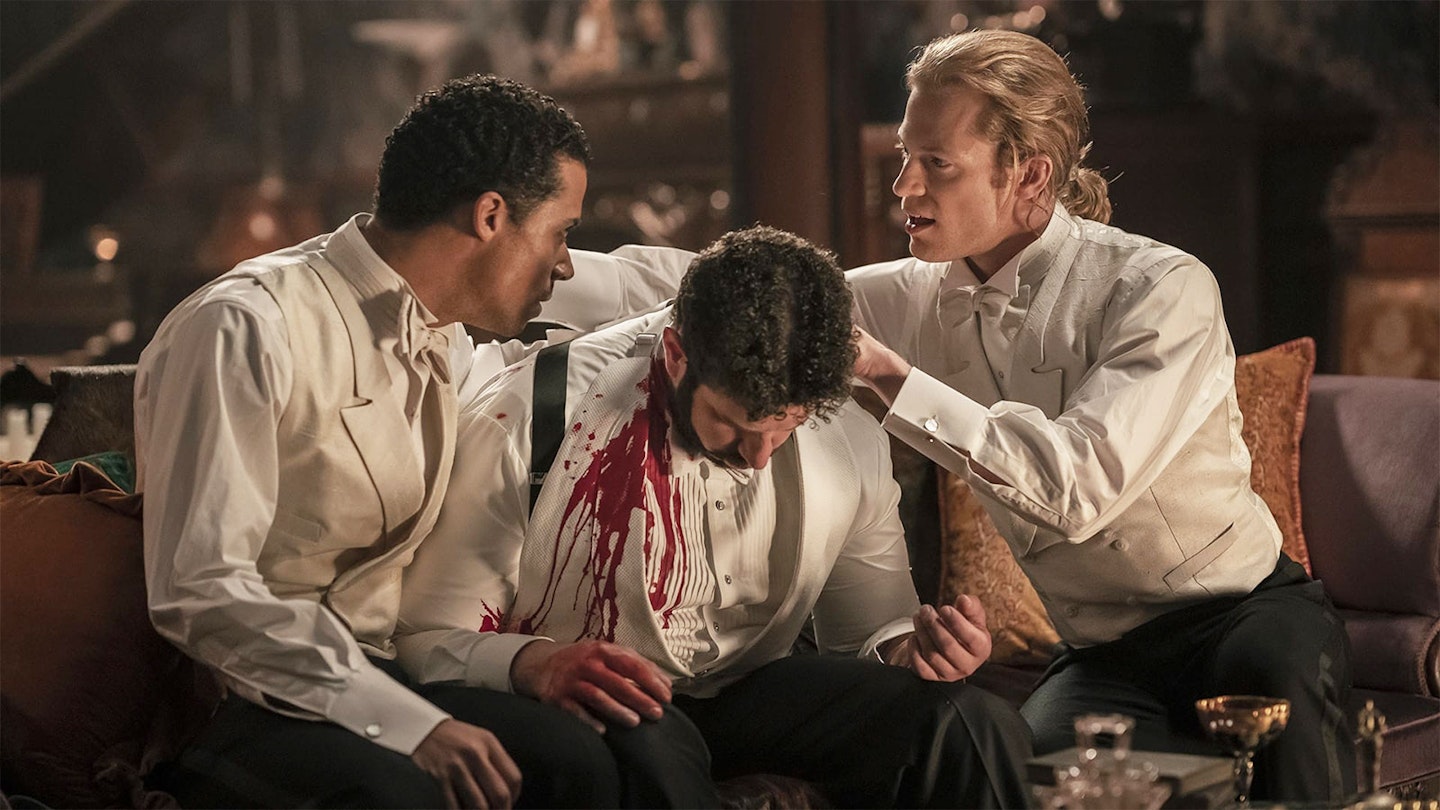
It is with the introduction of the magnetic Lestat (Sam Reid, an absolute scene-stealer), however, that Louis fully (and ironically) comes alive. Anderson and Reid’s show-stopping (at one point quite literally) chemistry smoulders through each and every scene. That the relationship soon sours and becomes toxic, abusive and controlling only serves to make Lestat and Louis want each other more — their unearthly existence made all the more potent by enslavement to all-too-human desires. Played by Reid more as the flamboyant rogue of Rice’s sequel, The Vampire Lestat, than the straight-up monster of the first novel, Lestat is as mesmerising as he is terrible — magnetic in his charisma, but cruel, petulant and vain. The fraught relationship is complicated further with the introduction of child vampire Claudia, played by a delightfully bratty Bailey Bass, whose arrival kicks the series into high gear. Unencumbered by Louis’ moral hang-ups, she takes to killing like a pint-sized psychopath, while her own anguish — doomed to be eternally pubescent, perpetually on the cusp of womanhood — presents its own bitter torment.
It’s taken nearly 40 years, but Anne Rice’s vampires would seem to have at last found form on screen in a manner that rings true with the author’s original vision. Jones, never precious about the source material, has made canny, artfully realised changes, maintaining the spirit of the original while never slavishly replicating it. Indeed, the tantalising final moments, which set the stage for the show’s second season, will be as profoundly shocking to long-time fans as newcomers. The show’s success as an access point to the larger ‘Immortal Universe’ (which IWTV shares with sister show Lives Of The Mayfair Witches) remains to be seen, but this intricately detailed, beautifully rendered adaptation is an exquisite study of preternatural sexuality and the immortal condition. It injects fresh new blood into an iconic tale.
